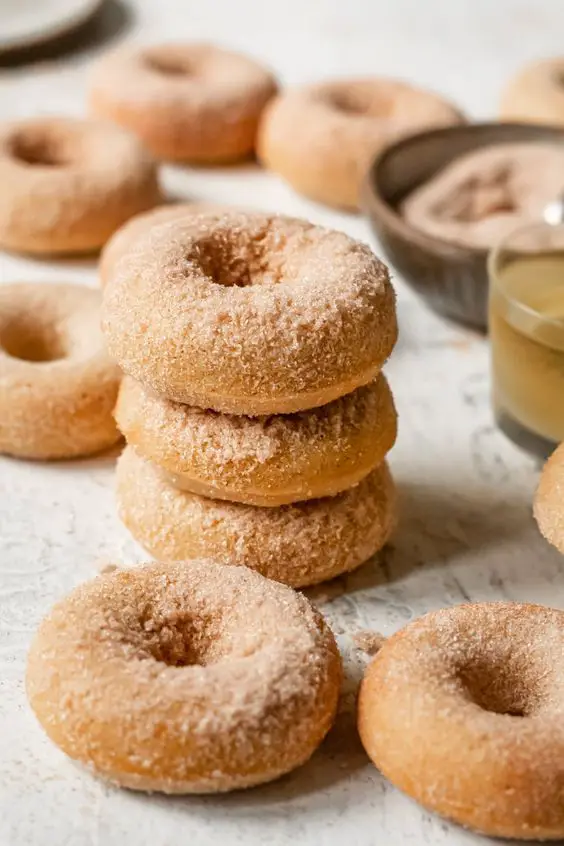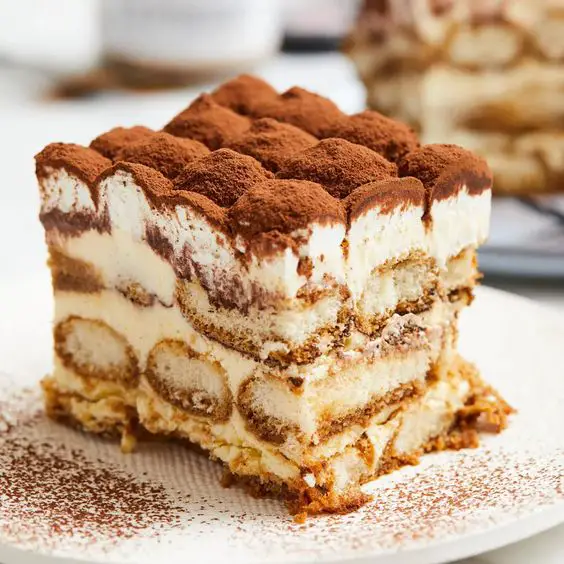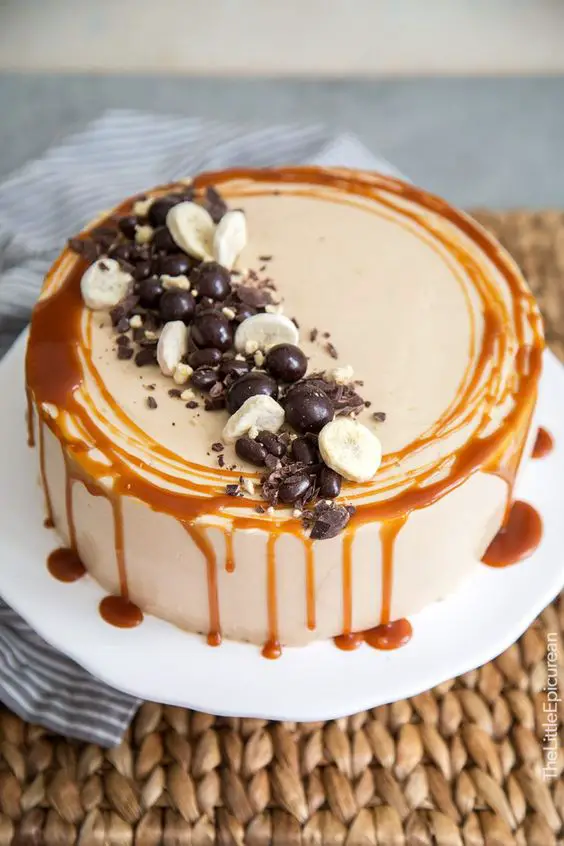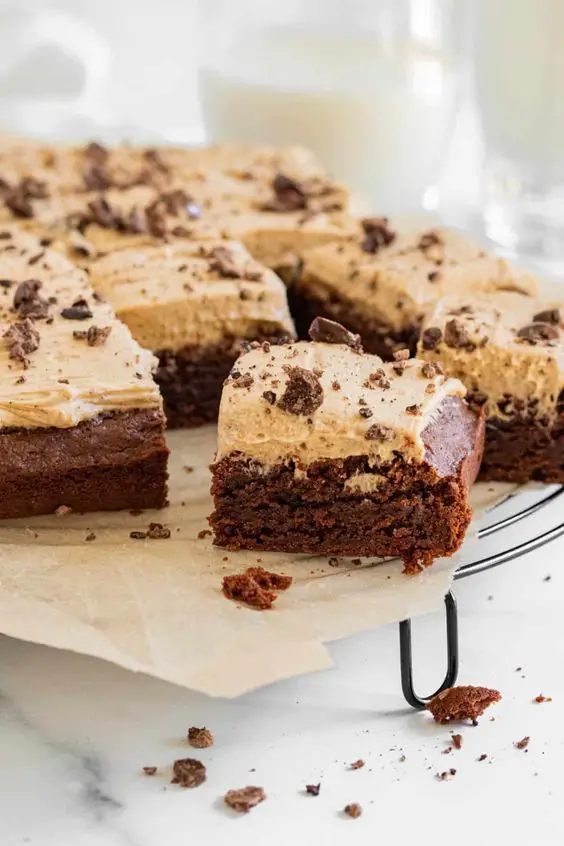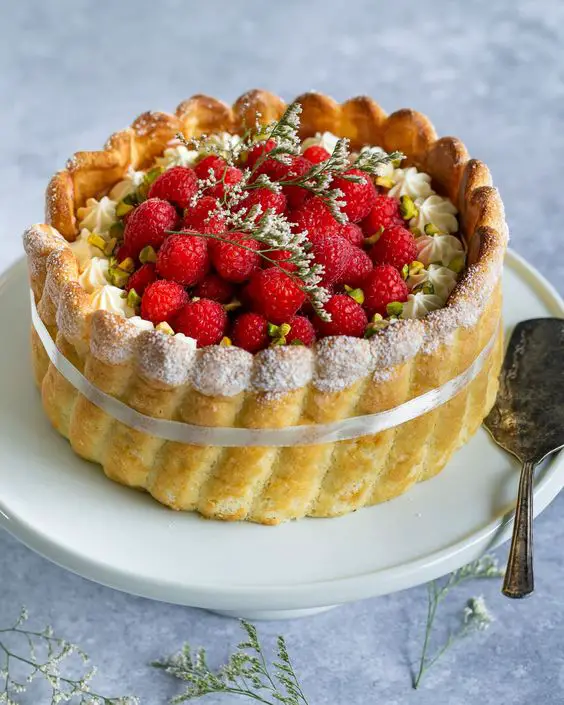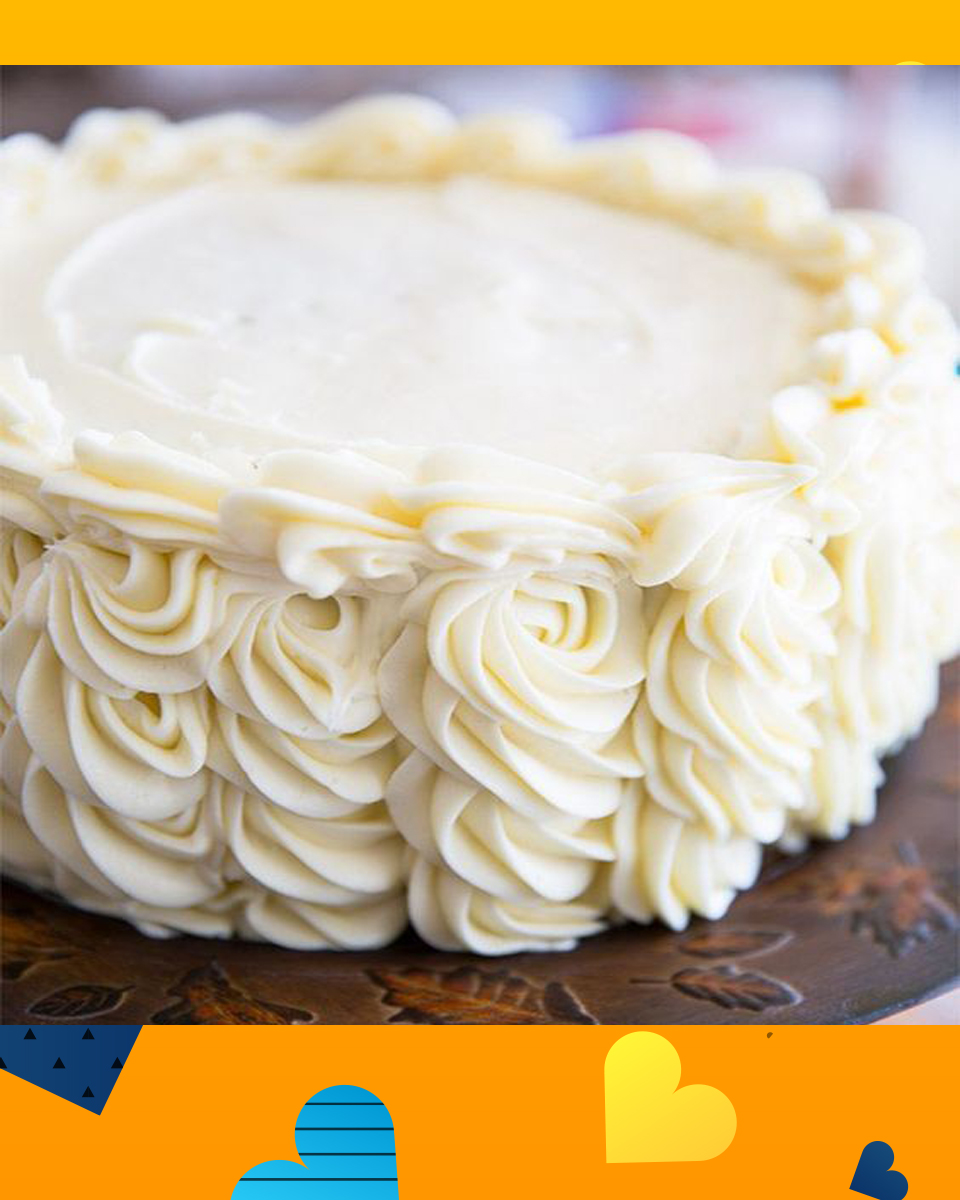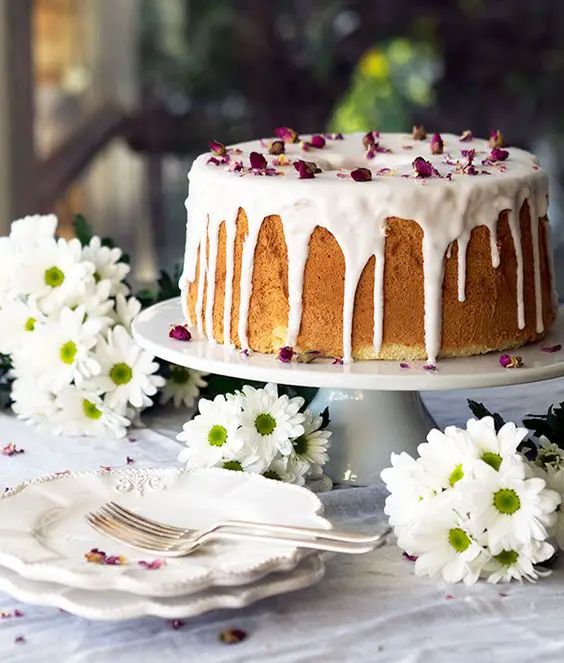Carnival Donuts, also known as fairground or festival donuts, are a delightful and indulgent treat that brings the spirit of the carnival or fair right to your taste buds. These delicious, deep-fried donuts are a beloved staple at amusement parks, carnivals, and outdoor festivals around the world. They are often freshly made on-site, featuring a golden-brown exterior that’s crispy and slightly sweet, while the inside remains soft and pillowy. Carnival Donuts are typically served warm and dusted with powdered sugar, making them a quintessential comfort food that’s enjoyed by people of all ages as they embark on thrilling rides and explore the excitement of the fair.
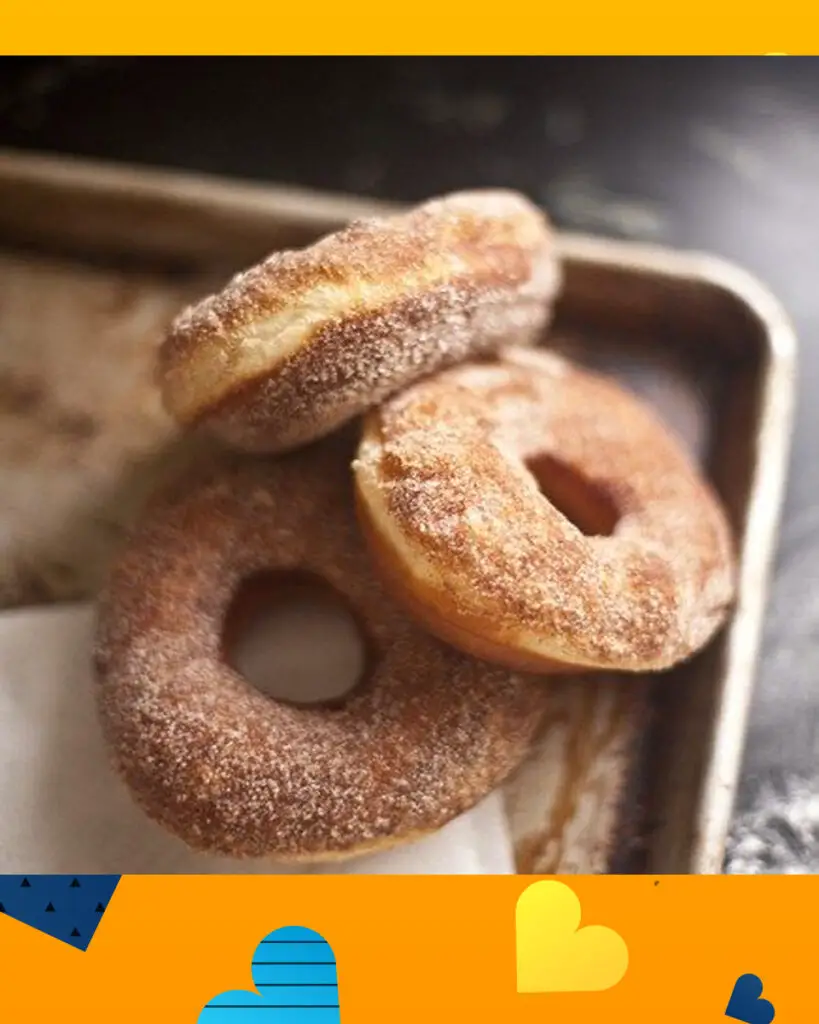
What is Carnival Donuts?
Carnival Donuts, also known as fairground or festival donuts, are a delightful variation of the classic donut that’s often associated with amusement parks, carnivals, and outdoor festivals. These donuts are typically made on-site and are characterized by their preparation method, flavor, and presentation. Here’s what makes Carnival Donuts unique:
Preparation Method: Carnival Donuts are typically deep-fried, which gives them a distinct crispy texture on the outside while keeping the interior soft and fluffy. The deep-frying process also imparts a slightly sweet and savory flavor to the donuts.
Freshly Made: One of the key features of Carnival Donuts is that they are freshly made right at the carnival or fairground. Customers can watch as the dough is dropped into hot oil and fried to golden perfection, creating a tantalizing aroma that draws people in.
Powdered Sugar: After frying, the warm Carnival Donuts are often coated in powdered sugar, creating a sweet and slightly messy treat that’s part of the experience. The powdered sugar adheres to the donuts, adding a delightful sweetness that complements the slightly savory outer crust.
Portable and Fun: Carnival Donuts are typically served in a paper bag or paper tray, making them easy to carry around the fairground as you enjoy the rides and attractions. Their portability and finger-food nature add to their appeal.
Nostalgic Experience: Carnival Donuts evoke a sense of nostalgia and fun, bringing back memories of carefree days at fairs and carnivals. They’re a comfort food that’s enjoyed by people of all ages.
Carnival Donuts are a beloved tradition at these events, offering a taste of simple indulgence that’s perfect for enjoying while strolling through the carnival atmosphere.
What are Carnival Donuts made of?
Carnival Donuts are typically made from a basic donut dough that consists of common ingredients. The main components of Carnival Donuts include:
- Flour: All-purpose flour is the primary dry ingredient used to create the dough. It provides structure and texture to the donuts.
- Sugar: Granulated sugar is added to sweeten the dough, providing a pleasant flavor.
- Eggs: Eggs act as a binding agent in the dough and contribute to its texture and richness.
- Milk: Milk is used to make the dough moist and tender.
- Yeast: Yeast is a leavening agent that causes the dough to rise, resulting in a light and airy texture.
- Salt: A small amount of salt enhances the overall flavor and balances the sweetness.
- Powdered Sugar: After the donuts are deep-fried, they are typically coated with powdered sugar, which adds a sweet and slightly messy touch to the treat.
While these are the basic ingredients used in traditional Carnival Donuts, there can be variations in recipes that might include additional flavorings like vanilla extract or spices. Some Carnival Donuts also incorporate fillings or toppings such as fruit preserves or chocolate sauce to create different variations of this beloved fairground snack.
How are Carnival Donuts different from regular donuts?
Carnival Donuts and regular donuts, often referred to as “traditional” or “classic” donuts, differ in several key ways:
1. Cooking Method:
- Carnival Donuts: These donuts are deep-fried, resulting in a crispy, golden-brown exterior and a slightly sweet, savory flavor. Deep-frying gives them a unique texture that sets them apart from regular donuts.
- Regular Donuts: Traditional donuts are usually fried as well, but they can also be baked. Baked donuts have a different texture, typically softer and less crispy than fried ones.
2. Flavor Profile:
- Carnival Donuts: The deep-frying process imparts a slightly sweet and savory flavor to Carnival Donuts. They have a delicious, doughy taste with a hint of the oil used for frying.
- Regular Donuts: Traditional donuts come in various flavors, including classic glazed, frosted, filled with jelly or cream, and more. Their flavors are diverse and often sweeter.
3. Coating:
- Carnival Donuts: After frying, Carnival Donuts are typically coated with powdered sugar. This gives them a sweet and slightly messy appearance.
- Regular Donuts: Traditional donuts can be coated with various toppings, such as glaze, frosting, sprinkles, or chocolate. The coating options are numerous and contribute to the donuts’ sweetness and variety.
4. Preparation Location:
- Carnival Donuts: These donuts are often made on-site at carnivals, fairs, and outdoor festivals, providing a unique and fresh experience. They are often cooked in front of the customer, creating an enjoyable sensory experience.
- Regular Donuts: Traditional donuts are commonly made in donut shops or bakeries and are available for purchase in stores, supermarkets, and cafes.
5. Portability:
- Carnival Donuts: Carnival Donuts are typically served in a paper bag or paper tray, making them easy to carry around the fairground or carnival. They are a portable and finger-food-style treat.
- Regular Donuts: Traditional donuts are often served on a plate or in a box, and they are less suited for on-the-go consumption.
6. Variety:
- Carnival Donuts: Carnival Donuts are relatively uniform in terms of appearance and flavor. They are known for their simplicity and nostalgic appeal.
- Regular Donuts: Traditional donuts come in a wide variety of flavors, shapes, and styles, making them versatile and adaptable to different tastes.
In summary, Carnival Donuts are a specific type of donut associated with the fun and excitement of fairs and carnivals. They have a unique deep-fried texture and a simple powdered sugar coating, setting them apart from the more varied and commercially available regular donuts. Both types have their own distinct charm and appeal.
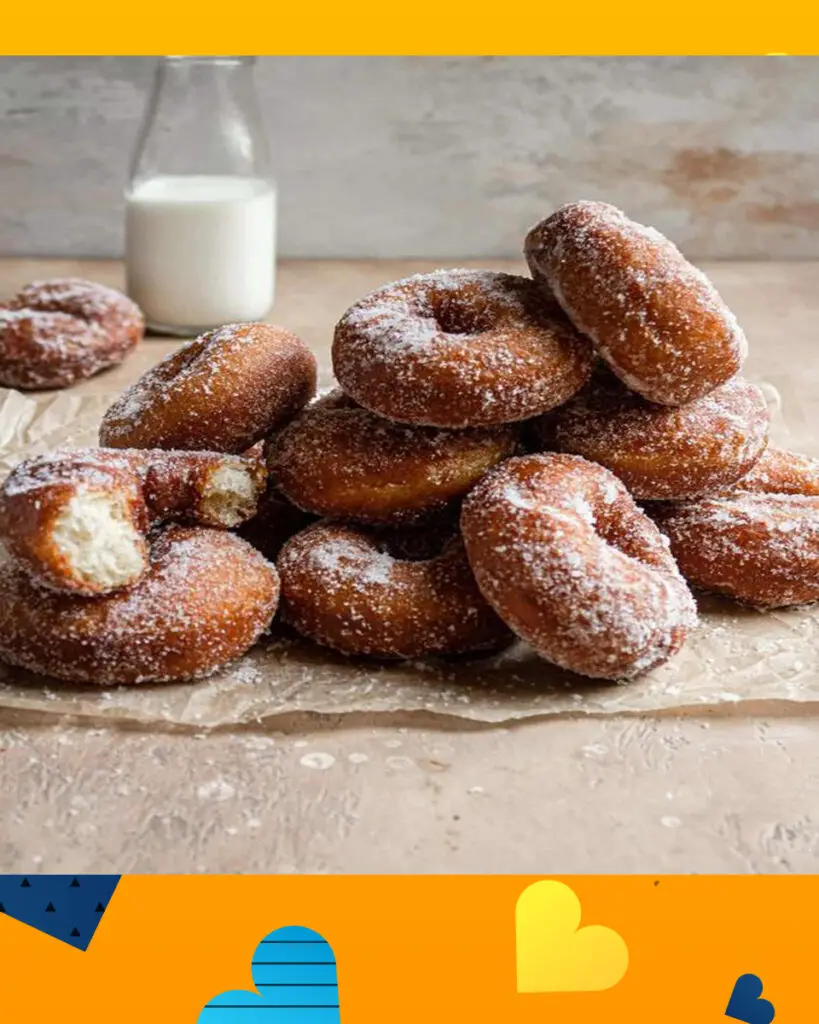
Carnival Donuts Recipe
Ingredients:
- 2 cups all-purpose flour
- 1/4 cup granulated sugar
- 2 teaspoons baking powder
- 1/2 teaspoon salt
- 2 large eggs
- 1/2 cup milk
- 1 teaspoon vanilla extract
- Vegetable oil for deep-frying
- Powdered sugar for coating
Instructions:
- Mix the Dry Ingredients:
- In a large mixing bowl, whisk together the flour, granulated sugar, baking powder, and salt. Ensure all the dry ingredients are well combined.
- Prepare the Wet Ingredients:
- In a separate bowl, beat the eggs. Add the milk and vanilla extract and mix until well combined.
- Combine Wet and Dry Ingredients:
- Pour the wet ingredients into the dry ingredients and stir until a soft dough forms. Be careful not to overmix, as this can make the donuts tough.
- Roll and Cut the Dough:
- Lightly flour a clean surface. Roll the dough out to about 1/2-inch thickness. Use a donut cutter or two differently sized round cookie cutters (one larger, one smaller) to cut out donuts. If you don’t have a cutter, you can use a glass to cut out the larger circles and a smaller lid or bottle cap for the centers.
- Heat the Oil:
- In a deep, heavy pot or a deep fryer, heat about 2-3 inches of vegetable oil to 350-375°F (175-190°C).
- Fry the Donuts:
- Carefully add a few donuts at a time to the hot oil. Fry for about 1-2 minutes on each side or until they are golden brown and puffed up. Use a slotted spoon to turn them and remove them from the oil.
- Drain and Cool:
- Place the fried donuts on a plate lined with paper towels to drain any excess oil. Allow them to cool slightly before coating.
- Coat with Powdered Sugar:
- While the donuts are still warm, place them in a bag or bowl filled with powdered sugar. Toss them gently to coat them evenly with the sugar. The warmth of the donuts will help the sugar adhere.
- Serve Warm:
- Carnival Donuts are best enjoyed while still warm. Serve them immediately for the freshest and most delicious experience.
- Enjoy the Carnival Experience: Whether you’re at a fair or recreating the carnival experience at home, Carnival Donuts are meant to be enjoyed with a sense of fun and indulgence.
This formula will guide you in making delicious homemade Carnival Donuts, allowing you to enjoy the taste of the fair anytime you like.
Nutrition information
The nutritional information for Carnival Donuts can vary depending on the specific recipe and serving size. However, here’s a general estimate for the nutrition content of a typical Carnival Donut (approximately 2.5 inches in diameter):
- Calories: Approximately 100-150 calories per donut, depending on size and frying method.
- Total Fat: Around 5-8 grams of total fat per donut, primarily from the deep-frying process.
- Saturated Fat: Roughly 1-2 grams of saturated fat, originating from the frying oil.
- Cholesterol: Approximately 20-30 milligrams of cholesterol, mainly from the eggs in the dough.
- Carbohydrates: About 15-20 grams of carbohydrates per donut, primarily from the flour and sugar in the dough.
- Sugar: An estimated 2-4 grams of sugar per donut, coming from the granulated sugar in the recipe and the powdered sugar coating.
- Protein: Around 2-3 grams of protein, primarily from the eggs in the dough.
Please note that these values are approximate and can vary based on factors like the size of the donut and the specific ingredients and frying oil used. If you require precise nutritional information, it’s recommended to calculate it based on the exact recipe and ingredients you use. Additionally, the deep-frying process makes Carnival Donuts relatively high in fat and calories, so they should be enjoyed in moderation.
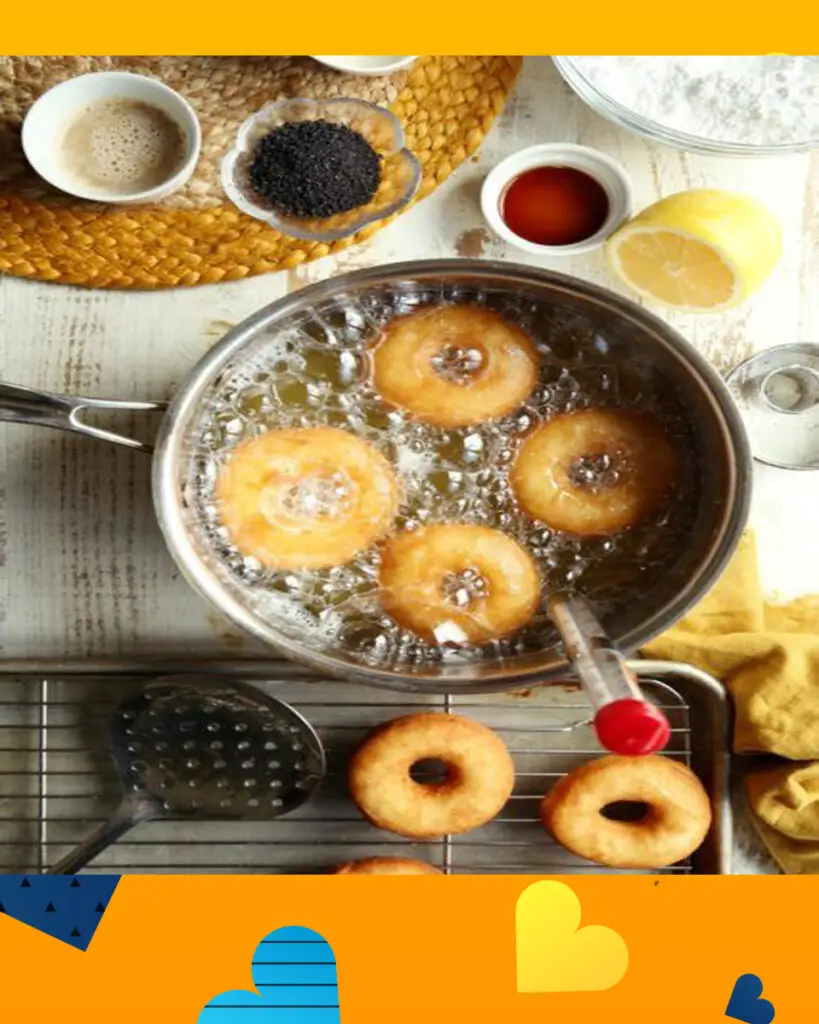
Tips to make perfect Carnival Donuts
To make perfect Carnival Donuts, follow these tips to ensure your donuts turn out crispy on the outside, soft on the inside, and coated with just the right amount of powdered sugar:
- Accurate Measurements: Use precise measurements for your ingredients, especially for the flour and sugar. Too much or too little of these can affect the dough’s consistency.
- Proper Mixing: Be careful not to overmix the dough. Mix until just combined to avoid developing too much gluten, which can make the donuts tough.
- Rolling Thickness: Roll the dough to the desired thickness, typically around 1/2-inch. If the dough is too thin, the donuts might turn out crispy but flat; if it’s too thick, they may not cook evenly.
- Oil Temperature: Ensure the oil reaches the correct temperature (350-375°F or 175-190°C). Use a thermometer to monitor it. Too hot, and the donuts will brown too quickly and may not cook through; too cool, and they’ll absorb too much oil.
- Don’t Overcrowd the Fryer: Fry only a few donuts at a time, leaving enough space for them to float and cook evenly. Overcrowding can lower the oil temperature and result in uneven cooking.
- Flip at the Right Time: Carefully flip the donuts when the bottom side is golden brown. This ensures that both sides are evenly cooked.
- Drain Excess Oil: After frying, let the donuts drain on paper towels to remove excess oil. This helps prevent them from being overly greasy.
- Coat While Warm: While the donuts are still warm, coat them in powdered sugar. The heat helps the sugar adhere better.
- Serve Immediately: Carnival Donuts are best when served warm and fresh. Enjoy them as soon as they’re coated for the most delightful experience.
- Experiment: While traditional Carnival Donuts are coated with powdered sugar, you can get creative with toppings. Try cinnamon sugar, chocolate glaze, or even fruit preserves for a unique twist on the classic.
By following these tips, you can make perfect Carnival Donuts that capture the delightful essence of fairground or carnival treats.
How to serve
Serving Carnival Donuts is a delightful experience, and it’s all about enjoying these crispy and sweet treats while they are at their best. Here’s how to serve Carnival Donuts:
1. Freshly Fried: Carnival Donuts are at their prime when they are freshly fried and still warm. Try to serve them immediately after they have been coated with powdered sugar.
2. Serving Platter: Place the warm Carnival Donuts on a decorative serving platter or a simple plate. The presentation can be as simple or elaborate as you like.
3. Powdered Sugar: If the donuts were not sufficiently coated in powdered sugar during the cooking process, you can give them a light dusting of additional powdered sugar just before serving.
4. Finger Food: Carnival Donuts are meant to be enjoyed as finger food. Encourage your guests to pick them up with their fingers to fully experience the tactile joy of these treats.
5. Accompaniments: While Carnival Donuts are delicious on their own, you can offer accompaniments like a cup of coffee, hot chocolate, or even a glass of milk to enjoy alongside them.
6. Sharing: Carnival Donuts are often enjoyed as a communal treat. Place them in the center of the table or on a serving tray, allowing your guests to grab their favorites.
7. Enjoy While Fresh: Carnival Donuts are best enjoyed while still warm and fresh from the frying process. The combination of crispy exterior and soft interior is a sensory delight.
8. Embrace the Mess: Carnival Donuts are known for being slightly messy due to the powdered sugar coating. Embrace the fun and enjoy the messiness—it’s all part of the experience.
9. Serve with a Smile: As you serve Carnival Donuts, do it with a smile and perhaps a playful, carnival-inspired presentation to enhance the overall experience.
Carnival Donuts are all about nostalgia, simple pleasures, and indulgence. Serving them in a fun and informal manner adds to the enjoyment of these classic fairground treats.
How to store
Carnival Donuts are best when enjoyed fresh and warm, but if you have leftover donuts or want to prepare them in advance, here’s how to store them to maintain their quality:
- Cool to Room Temperature: Allow the Carnival Donuts to cool to room temperature after frying and coating with powdered sugar. This usually takes about 20-30 minutes.
- Store in an Airtight Container: Place the cooled Carnival Donuts in an airtight container, separating layers with parchment paper to prevent them from sticking together.
- Room Temperature: If you plan to consume the donuts within 1-2 days, they can be stored at room temperature. However, note that the powdered sugar coating may become less crisp over time.
- Reheating: If you have leftover room temperature donuts and want to restore their freshness, you can reheat them briefly in the oven. Preheat the oven to 350°F (175°C), place the donuts on a baking sheet, and warm them for about 5-10 minutes. This can help revive their texture.
- Refrigeration: For longer storage (up to 3-4 days), you can refrigerate the donuts. The refrigerator helps slow down the aging process. However, be aware that refrigeration can cause the powdered sugar to become slightly moist and less crisp.
- Freezing: If you need to store Carnival Donuts for an extended period (up to 2-3 months), you can freeze them. Place the cooled donuts in an airtight container or freezer-safe bag, separating layers with parchment paper, and label the container with the date.
- Thawing from the Freezer: To enjoy frozen donuts, transfer them from the freezer to the refrigerator and allow them to thaw slowly. After thawing, you can reheat them in the oven for a few minutes to restore their texture.
Keep in mind that while these storage options are viable, Carnival Donuts are at their absolute best when freshly made and served warm. The powdered sugar coating may lose some of its crispness with time, but the flavor remains delightful.
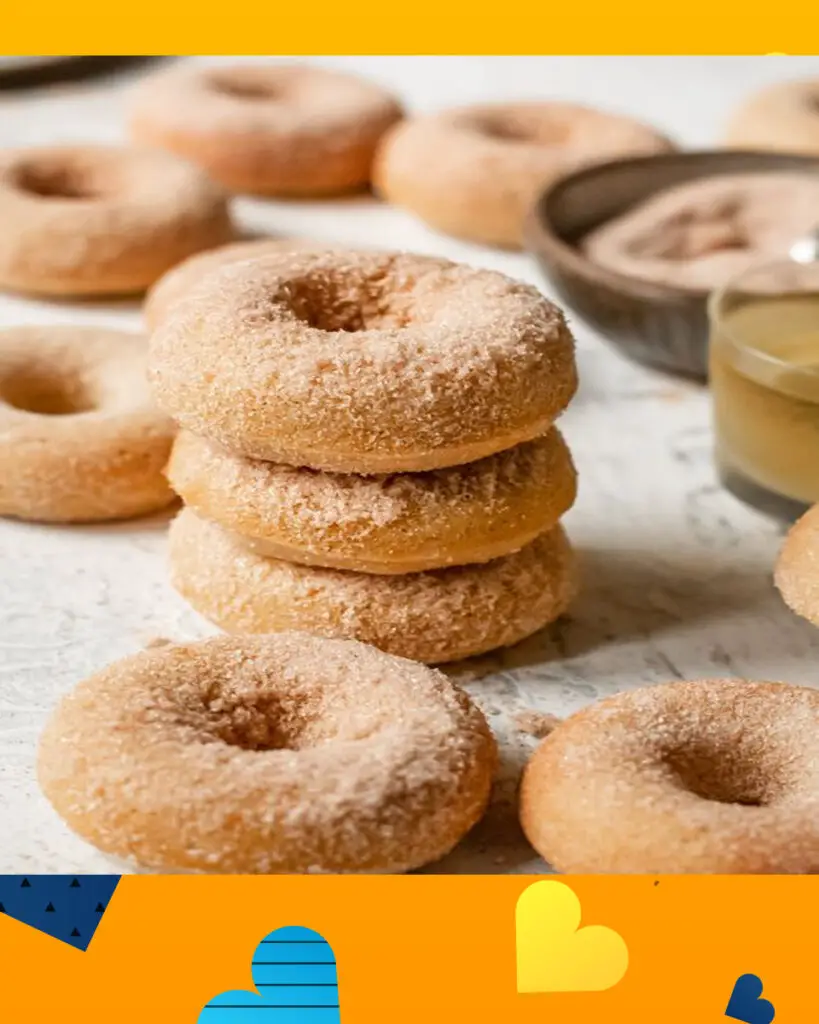
FAQ’s
- What are Carnival Donuts made of?
- Carnival Donuts are typically made from a basic donut dough, which includes flour, sugar, eggs, milk, and yeast. The dough is deep-fried, and after frying, the donuts are dusted with powdered sugar.
- How are Carnival Donuts different from regular donuts?
- Carnival Donuts are deep-fried, giving them a crispy exterior and a slightly sweet, savory flavor. They are often coated in powdered sugar, which is a characteristic feature that sets them apart from regular glazed or frosted donuts.
- Can I find Carnival Donuts outside of carnivals and fairs?
- While Carnival Donuts are closely associated with these events, some bakeries and specialty donut shops may offer similar deep-fried donuts with powdered sugar, capturing the essence of the carnival experience.
- Are Carnival Donuts gluten-free or vegan?
- Traditional Carnival Donuts are not typically gluten-free or vegan, as they contain wheat flour and dairy ingredients. However, some bakeries and specialty shops may offer gluten-free or vegan alternatives.
Troubleshooting:
- Dough is too sticky:
- If the dough is too sticky to handle, add a little more flour (a tablespoon at a time) until it reaches the desired consistency.
- Donuts are too greasy:
- If the donuts turn out excessively greasy, it may be due to the oil not being at the right temperature. Ensure the oil is hot enough before frying, as this prevents the donuts from absorbing too much oil.
- Donuts are undercooked or doughy inside:
- If the donuts are undercooked, it may be due to not allowing them enough time in the hot oil. Ensure the oil is at the correct temperature, and fry the donuts until they are golden brown and cooked through.
- Powdered sugar doesn’t adhere well:
- To ensure the powdered sugar adheres properly, shake the donuts in a bag with powdered sugar while they are still warm. The heat helps the sugar stick.
- Donuts are flat and not fluffy:
- If the donuts turn out flat, it could be due to issues with the yeast or the dough not being allowed to rise properly. Check the freshness of your yeast, and make sure the dough is given enough time to rise until it’s doubled in size.
By addressing these frequently asked questions and troubleshooting common issues, you can enjoy a successful and delicious experience when making or enjoying Carnival Donuts.
Have a nice time!

